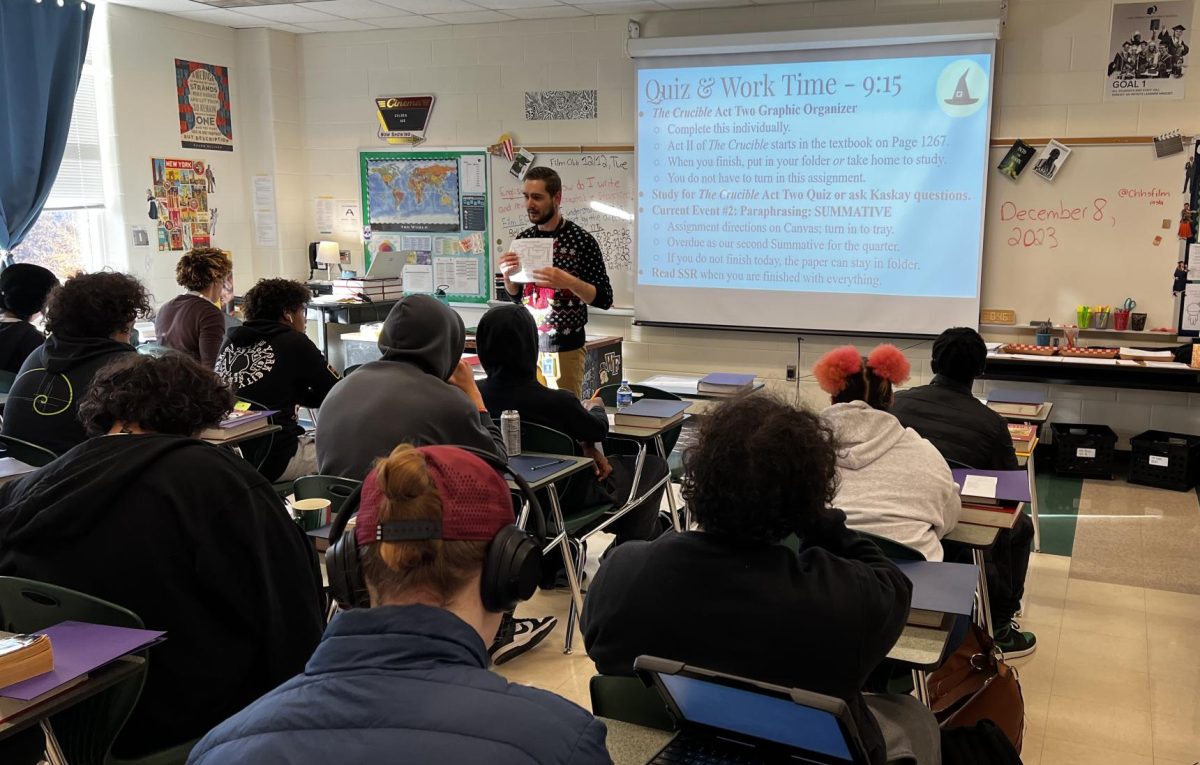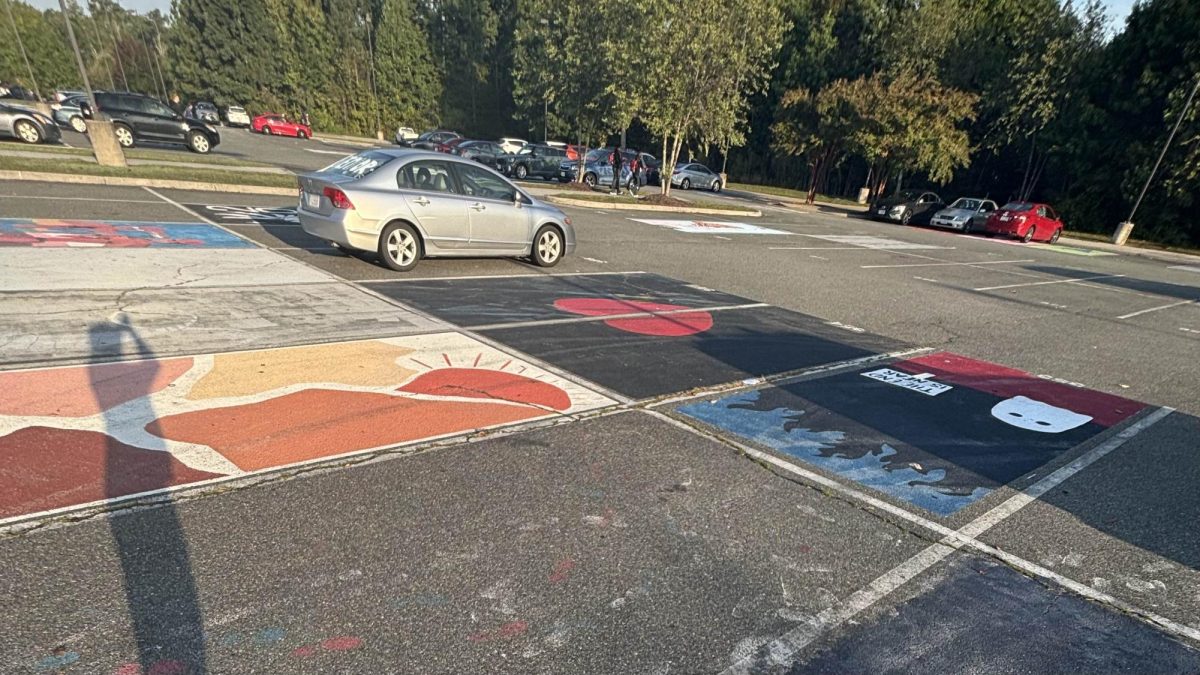Nearly four years since schools were initially shut down, the long-term effects of the COVID-19 pandemic still have a significant impact on student performance in school, leaving educators and parents concerned about the long-term effects on academic achievements.
In Mar. 2020, students were taken out of school because of the mass spread of COVID-19. They were not given a determined date or time on when they would return to school, leaving students with no fundamental, in-person, learning for a year and a half.
In the middle of the 2020-2021 school year, students were allowed to return to school, but many chose to remain home. In the next school year, 2021-2022, the majority of students were all back in school but in a different environment than the one they knew before. The then-distant learning set students in an unfamiliar environment, leaving them to build upon information that was vaguely taught.
Substitute teacher and parent Kristen Overbee has observed the decline in education and drive over the last few years due to COVID-19. She believes that students are experiencing a lack of motivation in completing their school work, largely due to the fact that they were learning virtually rather than in person at school.
“It doesn’t matter if it’s middle school or high school, they all seem to be less motivated,” Overbee said. “Due to the lack of motivation, I think they don’t feel the need to study as much anymore, which then you know you will have knowledge gaps and grades will decline.”
While apathetic students may not be something new, it is becoming something that is too common and is drastically on the rise.
“It seems like the building blocks [are missing] and if the bottom is missing, the foundation is missing then they can’t continue into higher classes,” Overbee said.
Overbee believes the COVID-19 pandemic has eroded the fundamentals of learning for many students, leading to struggles in subsequent courses. These struggles, in turn, have demotivated students, exacerbating the learning gaps and creating a downward spiral. The faculty at Clover Hill High School is alarmed by this trend and its impact on student work ethic.
English teacher William Kaskay sees the impact of COVID-19 in his classroom daily.
“You couldn’t really see it while we were virtually teaching but when we returned from virtual teaching that’s when I, as a classroom teacher, kind of noticed things are different than they were before we went on Google Meet specifically writing skills,” Kaskay said.
Students are experiencing a learning gap due to the discontinuity in their education. Virtual learning and periods of school closure have disrupted the normal flow of information, creating a barrier to their understanding of new material currently being taught.
“Access to education like during Covid, some people are doing all the work and some people did have parents that were helping them and some people did have libraries,” Kaskay said. “They were able to have the ability to go to the library and the other people didn’t. It’s like the smart get smarter and those that were struggling struggled even more.”
Some students, though not as affected as others, faced significant challenges during virtual learning due to lack of internet access or Wi-Fi. These students struggled to keep up with the already-behind curriculum, leading to educational gaps that widened upon their return to in-person learning. These gaps may persist, potentially impacting their future success in college and the workforce.
“There were things that were missed out on during those years that I feel like are going to impact students well into college and well into their careers,” Kaskay said.
Director of the Counseling department at Clover Hill, Tripp Lawson, has also noticed the negative impacts that Covid has had on students.
“If you went through algebra one in a virtual setting, and you were only like scratching the real surface of algebra one, you didn’t really get any depth,” Lawson said. “That is not only going to bite you in the algebra one class, it’s going to bite you as you eventually take algebra two, trig, and so on. For those who were in key very important subjects in that particular time are probably the ones that felt lost the most.”
Skipping key subjects in school hinders students’ ability to grasp information presented by teachers and perform well on standardized tests such as the SAT and ACT. Algebra, geometry, and trigonometry are foundational topics covered on these crucial exams. Expecting high scores without mastery of these core subjects is unrealistic.
According to Nathaniel Cline from the Virginia Mercury, “in 2022-23, roughly 69% of Virginia students passed the mathematics test compared to 82% before the pandemic.”
These statistics, again, magnify the effects that COVID-19 had on students. With one of the first negative noticeable problems being a drop of 13% in math scores, the repercussions of virtual learning are clear.
“How do we go back in time, and get those skills that were lost but at the same time progress and move forward,” Lawson asks.
Lawson raises the crucial question of how to help students recover from the educational effects of COVID-19. He acknowledges, along with Kaskay and Kristen, that a definitive solution remains elusive. They recognize that ignoring this issue and moving forward would be detrimental to all students’ academic progress and overall development. While an immediate resolution may not be readily apparent, tackling this urgent problem cannot be deferred. Students continue to struggle with the repercussions of COVID-19 and deserve the opportunity to receive a quality education comparable to the one they previously experienced.









